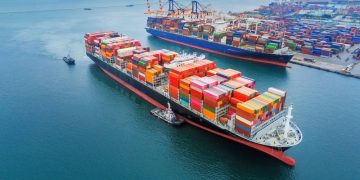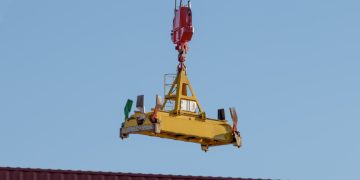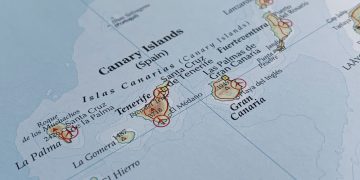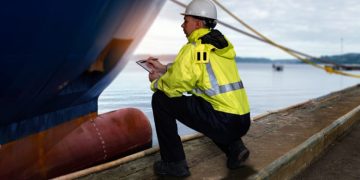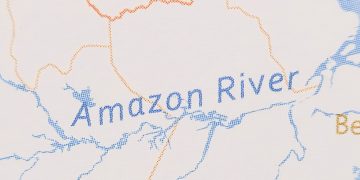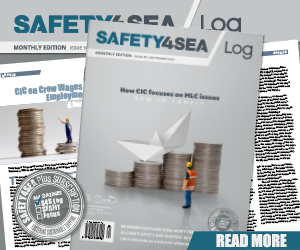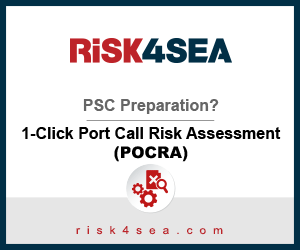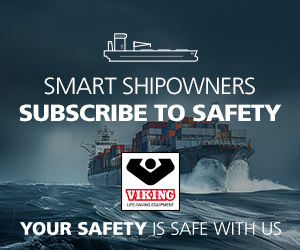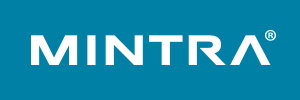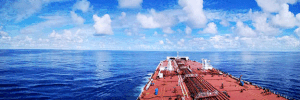An increase has been observed in the number of cases of illegal drugs being found onboard ships in the US, according to data provided by local correspondents to Britannia P&I Club.
In the past the drugs were often smuggled onboard from ports in Colombia but, in order to try and avoid the scrutiny of US authorities, smugglers have recently sought to do so in other Central and South American countries, the Club said. In one recent case, the drugs were taken onboard via small boats in open waters off Chile and Peru and other cases show drugs being smuggled from Ecuador, Guatemala and the Caribbean.
[smlsubform prepend=”GET THE SAFETY4SEA IN YOUR INBOX!” showname=false emailtxt=”” emailholder=”Enter your email address” showsubmit=true submittxt=”Submit” jsthanks=false thankyou=”Thank you for subscribing to our mailing list”]
The US authorities have increased the measures to detect drugs, with extra ships and specialist teams deployed. In the same context, local correspondents recommend that when ships are visiting ports in Colombia or Mexico, or other Central or South American ports, additional security precautions be employed, such as maintaining guards at the berth and on deck, added watch (especially while in port and just after sailing), regular shipboard inspections while in port, records made in the log books, etc.
If possible, in Colombian ports, operators should avoid bunkering, ship’s chandler services, and taking on provisions. If prior to arrival in the US, the Master suspects that drug smuggling may be taking place onboard, he/she should immediately contact the Club correspondent at the destination port for instructions.
If drugs are found onboard in the US, the Master should immediately contact the Club and the Club correspondent at that port. It is also very important that the Master and crew show a high degree of co-operation with the US authorities,
…Britannia Club advised.
Precautions
According to Jacob Damgaard, Associate Director – Loss Prevention, Britannia P&I, some of the simple precautions that can be taken to prevent the smuggling of drugs onto ships include:
- If operating to a known area of smuggling activity, or if there are any concerns of such activity, then the ship should make contact with the local correspondent, agent or authorities at an early stage and before arriving at the port or anchorage to obtain up-to-date advice on the potential risk of smuggling. This will enable an assessment of the likely security risks to be conducted and reviewed in conjunction with the Ship Security Plan (SSP) to ensure that appropriate mitigation measures are implemented in accordance with the perceived risks and the designated Security Level for the port area. For example, for certain port areas where a specific risk has been identified, arrangements can be made to conduct enhanced shore-assisted pre-departure inspections using sniffer dogs and/or divers.
- Prior to departure from port, and as a final precaution, a thorough and systematic search should be carried out for any trespassers.
- Ensuring that an appropriate identification system for all visitors to the ship is in place and robustly and tightly controlled. The identity of all persons seeking to board the ship and their reasons for doing so should be confirmed by checking photographic IDs, work orders etc. Those unwilling or unable to establish their identity and/or to confirm the purpose of their visit when requested to do so should be denied access to the ship. Any such attempt to gain access should be reported, as appropriate, to the Ship Security Officer (SSO), the Company Security Officer (CSO), the Port Facility Security Officer (PFSO), as well as the applicable shoreside authorities, with the local agent well placed to assist and advise on the latter.
- Maintaining a log of all personnel visiting the ship including stevedores, and a record of their activities.
- All persons seeking to board a ship should be liable to random search. Such searches should ideally be undertaken by the port facility in close co-operation with the ship and in close proximity to it. Any such search shall be undertaken in a manner which fully takes into account the human rights of the individual and preserves their basic human dignity.
- Identifying and monitoring all access points that should be secured or attended to prevent unauthorised access. CCTV, if installed, can be used as a further means of monitoring and recording activity in way of access points.
- Maintaining vigilance while in port or at anchor, including conducting frequent security patrols. This should include monitoring both the adjacent land and sea areas, the latter in particular for any boats operating near the ship; the SSO should be alerted of any such suspicious activity.
- Observing when a cargo hold is being topped up, for example, to ensure that no packages are placed on top of the cargo as the hatch covers are about to be closed. Container seals or other methods used to prevent tampering can also be checked, with particular attention given to any containers that are empty or with open-top/sides, as these represent easily accessible areas to plant packages.
- Keeping areas, such as accommodation and deck stores, locked in port.
- Maintaining illumination of deck areas and access points during the hours of darkness and periods of low visibility while conducting ship/port interface activities or at a port facility or anchorage, including where possible, illuminating the ship’s side.
- Cargo destined to be loaded onboard, including vehicles, should be searched to the extent possible, the latter ideally in liaison with the port facility. The use of sniffer dogs, if available, might be considered as a useful means of enhancing such searches.
- Consider the installation of metal gratings above any accessible openings to the rudder spaces, as well as conducting a thorough search of any such areas prior to departure.


















